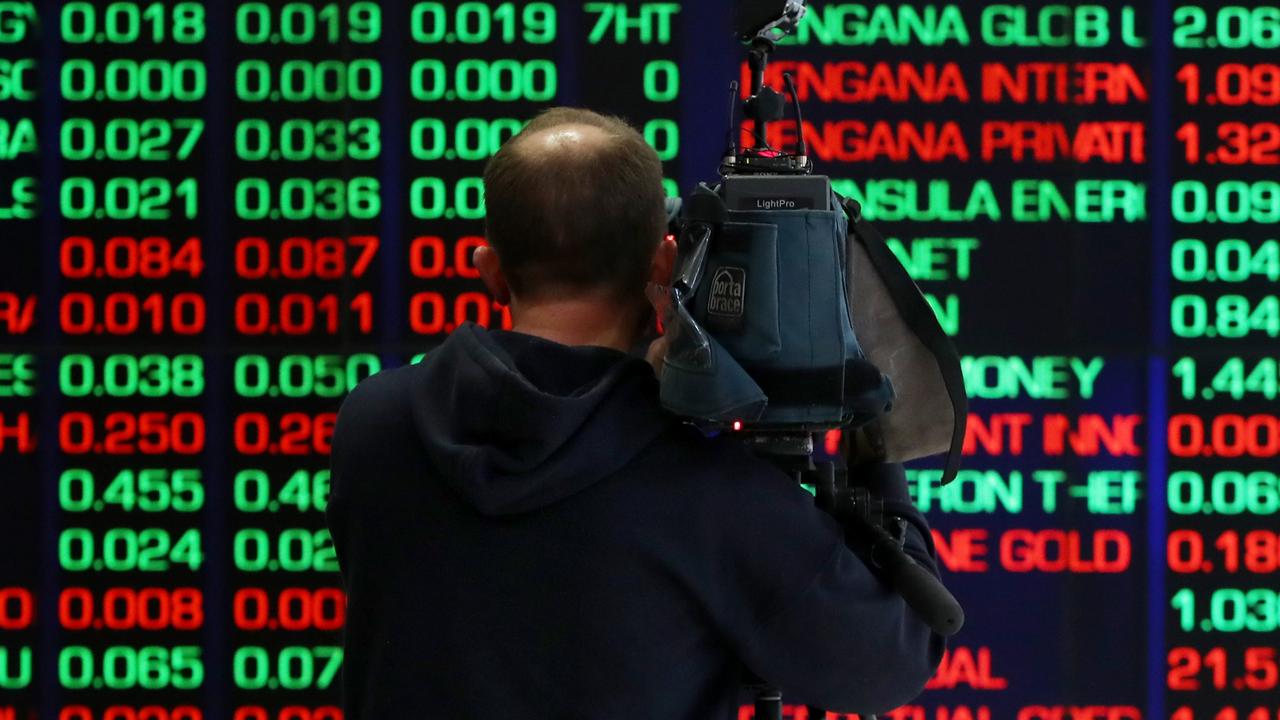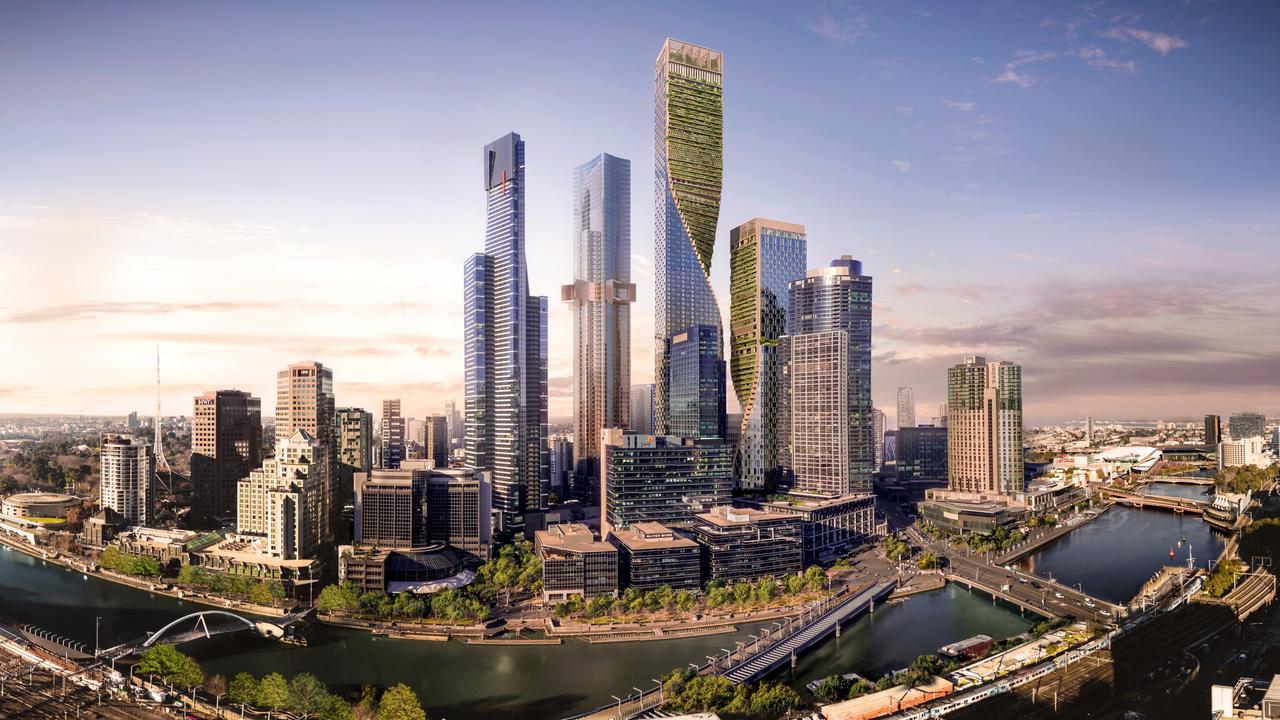Stage 3 tax cuts: By playing politics, Albanese runs from the real reform battle
The Reserve Bank will have the final say on tax changes with a spending boost adding to the case for higher-for-longer interest rates.

Business
Don't miss out on the headlines from Business. Followed categories will be added to My News.
Wesfarmers CEO Rob Scott is unlikely to push back too much, nor will JB Hi-Fi boss Terry Smart. The retailers will be among the first in line for a boost from Anthony Albanese’s politically charged calculation that giving middle Australia a bigger slice of planned tax cuts beats breaking an election promise.
The question for higher income earners who lose out is if there is a double-whammy in store. And that question is how will the newly minted Reserve Bank of Australia react to nearly $21bn in fiscal stimulus being rolled out across the economy from July?
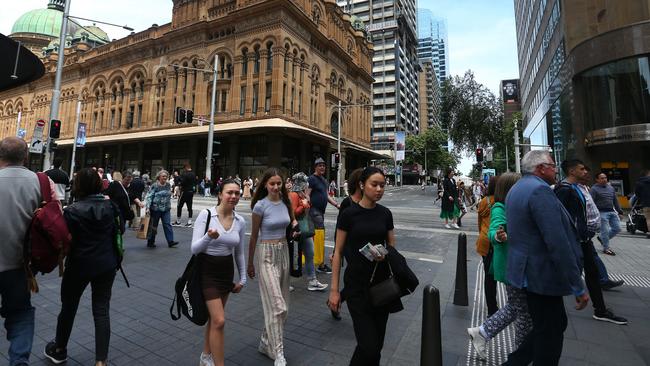
The tax breaks will come as inflation appears to be cooling, and this is a good thing. But the central bank hasn’t given any indication it is in a hurry to start cutting the restrictive cash rate again. RBA governor Michele Bullock wants inflation well and truly under heel before she is prepared to move. The RBA meets for the first time this year in less than a fortnight’s time.
The total cost of the stage three tax program has already been factored into past budget estimates, so in aggregate, financial markets don’t see the changes as a new spending policy. The RBA had also expected the stage three cuts to arrive in some form so had anticipated this to boost consumption from the middle of this year.
However, the Albanese changes – with more cuts rolled out to workers on incomes under $150,000 that will be formally unveiled on Thursday – mean the tax package will go ahead with the full hit to the budget..
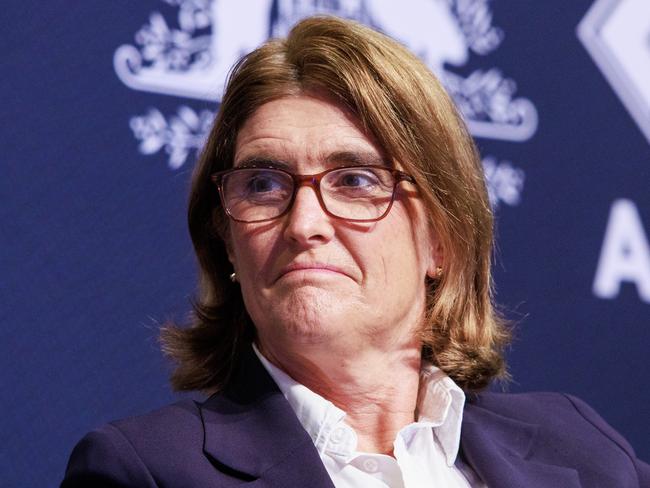
The budget last May forecast the cuts in the original form to send $69bn back to households over three years and more than $313bn over the coming decade. And while the changes are not expected to add to inflation on their own, they feed into treasurer Jim Chalmers’ budget that is tepid on fighting inflation.
The bigger impact from the looming tax stimulus is it will certainly delay any chance of an earlier-than-expected interest rate cut. At worst the tax policy could add to higher-for-longer pressure on the cash rate and this is ultimately more painful for middle Australia.
Market pricing points to possible RBA rate cuts from the September quarter this year.
Notably, as Albanese confirmed tax changes were underway through the session on Wednesday, the interest rate market drifted out slightly. It discounted the prospect of a June cut entirely and made an August cut unlikely. Sure it is spot pricing so it reflects the market’s best guess at a specific moment in time, but it is telling that predictions of rate cuts are drifting out, not in.
Reform missed
Still, it will be all noise to middle Australia. Changing composition of the cuts means more cash in the hands of more people – those on $150,000 or less – and this will be spent rather than saved. This plays into Wesfarmers’ unashamed mid-market brands Kmart, Target and Bunnings. Supermarkets Coles and even under-pressure Woolworths could see some sales growth with household budgets lifting slightly.
At the same time the likes of JB Hi-Fi, which owns the Good Guys chain, or Harvey Norman could see a boost with households likely to be more confident of replacing older whitegoods and electronics they’ve been holding onto through the cash rate rises.
Figures from National Australia Bank show interest rate rises are really hurting consumer spending. While Black Friday has soaked up some tradition Christmas spending, NAB’s latest transaction data showed a much softer December for most categories of retail. This spending dip into Christmas is a sign that the pressure remains on consumers, says NAB’s chief economist Alan Oster.
The revamp of the stage three tax package might be all about short-term gains, but the political capital likely to be spent in selling the program means Albanese has squibbed the chance to make his mark with some serious tax reform.
Australia’s tax-to-GDP ratio has been drifting up over the past decade, putting us among higher-taxed nations. And structural budget spending pressures from health, defence to NDIS means this figure will continue to move higher.
Australia relies too heavily on taxes from a narrow base of personal income and corporate tax, while cash-strapped state governments are finding their own ways to boost revenue from property taxes to productivity-sapping payroll taxes.
Australia trails nearly every other OECD member when it comes to proportion of GST collections as a measure of the economy. There’s a mountain of work to be done as Australia’s population ages, while taxes need streamlining to promote aspiration and removing the looming burden on young Australians. That’s the real tax battle that Albanese should have been prepared to have.
Saving Gladstone
Rio Tinto’s Jakob Stausholm last year told an investor briefing he was determined to do everything he could to find a green solution giving new life to Queensland’s coal-powered Gladstone aluminium operations.
Business as usual was simply not an option for the operations based around the Boyne aluminium smelter and two alumina refineries that together employ more than 3000.
Rio’s big customers were increasingly demanding clean, green aluminium and Rio had its own ambitious carbon targets in place. The miner’s lower cost hydro-powered big smelters in Canada were stepping up to the mark and getting the lion’s share of investment. Without change, the outlook for Gladstone was grim. Adding to the urgency was a $1.2bn writedown on the business last July, brought about in part by the Albanese government’s tougher rules on big carbon emitters. Rio’s Gladstone refinery group accounts for more than half of the company’s Australian emissions.
“Ultimately, if we can’t get renewable energy it’s impossible to produce something and export it out of Australia,” Stausholm said at the time.
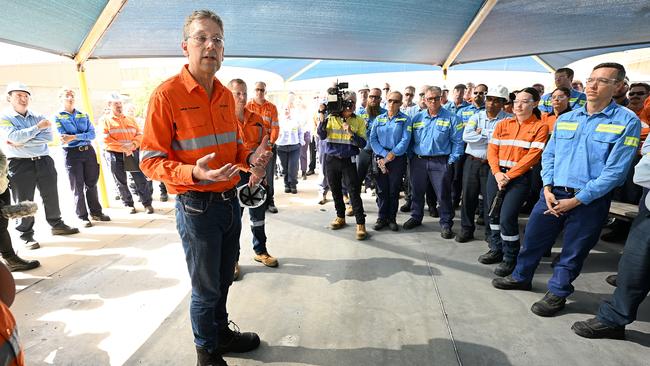
On Wednesday the Rio boss took a big step forward in his commitment to try to save Gladstone, by signing off on the biggest solar project ever seen in Australia. Under the deal Rio’s Gladstone Power Station has agreed to underwrite 1.1GW of power from the yet to be built solar farm outside Gladstone. The agreement with Danish-based European Energy commits to a 25-year power supply, adding some confidence around the longer-term outlook for Gladstone.
To give some context around the sheer scale of what is coming, the biggest solar project in Australia currently underway is the Queensland government-backed 400MW solar farm near Chinchilla in the state’s west. The Westerns Downs project has an option to move to more than 700MW.
But with all the headlines will Rio’s landmark solar deal be enough to save Gladstone?
Not on its own.
For industrial users, renewables such as wind, solar and battery that deliver variable power need a firmed energy output ratio of four to one.
Currently the miner’s Gladstone operations consume 810MW. For Rio to have confidence that it will have all the reliable power that it needs around the clock and to add capacity for future growth, it will need a whopping 4GW of renewable power to save Gladstone. So Wednesday’s deal gets it just a quarter of the way there.
It’s still a big gap, but the miner is putting a lot of stock in Energy Minister Chris Bowen’s massive intervention in the green energy market through the newly minted Capacity Investment Scheme.
Market signal
Rio is betting that Wednesday’s mega solar deal with European Energy will deliver a strong enough signal to the market that it is committed to Gladstone and others will follow by delivering their own projects to power the region under Bowen’s 32GW Capacity Investment Scheme.
Remember Bowen’s scheme is offering revenue guarantees for renewable projects under a reverse auction with an agreed revenue floor and ceiling. The big unknown for Rio, that is yet to be tested under the CIS, comes down to the pricing and ability for green energy investors to get a return, with the cap and floor determined on a project-by-project basis. The floor is important because renewables pricing has been tumbling as more capacity hits the market. All this means the rate of return for high-cost long-term power is fast diminishing.
Rio is expected to sign off on another two more renewable energy projects for Gladstone in coming weeks, to help hit the 4GW, but nothing of the scale of Wednesday’s deal.
If more power comes into the system under Bowen’s CIS, Rio hopes to buy this from the grid directly at market rates, rather than the costly commitment of underwriting its own energy deals.
For Rio this represents big potential long-term savings and goes a long way to helping with the economics of smelting in Australia.
Here the miner is watching closely for detail of the CIS, and continuing talks with the government to gauge the strength of the policy. It’s a balancing act as it guesses on how much of the remaining 4GW it can reliably get from the market.
By committing to mega solar, Rio’s Stausholm is confident the technical solution to switching on green energy is sound. Now comes the hard part of making the commercial solution stack up so Rio can continue to have a globally competitive aluminium business.
If the numbers falls short then it really will be lights out for Gladstone.
johnstone@theaustralian.com.au
More Coverage
Originally published as Stage 3 tax cuts: By playing politics, Albanese runs from the real reform battle




